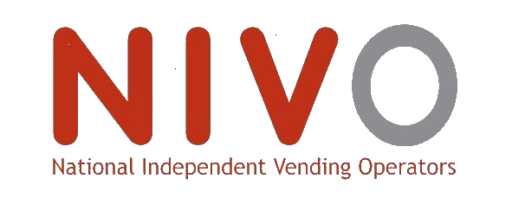A Quick Guide to PPE (Personal Protective Equipment)
Surprisingly PPE is the least effective control in the measures that one can take to control risks presented by COVID-19.
If you are looking at a risk assessment the hierarchy is as follows: –
1. Elimination (Remove the risk/hazard)
2. Substitution (Replace the risk/hazard)
3. Engineering Controls (isolate people from the risk/hazard)
4. Administrative Controls (change working practices)
5. PPE
PPE is only as effective as the person who wears it correctly. The most effective ways to prevent infection are: –
1. Stay at home if you feel unwell.
2. Sneeze or cough into the crook of your arm.
3. Wash your hands for 20 seconds and if unable to have access, use an alcohol-based sanitiser.
4. Clean and disinfect touch surfaces (light switches, door handles, workstations, photocopiers etc.
5. Ensure all common areas are regularly cleaned.
6. Observe social distancing.
Types of PPE
Surgical Masks – Worn over the nose and mouth. Needs to be close fitting. These include Fluid Resistant masks (FRSM) – type IIR – Surgical Mask which provides bacterial filtration efficiency, breathing resistance and splash resistance. Designed to protect the wearer where there is a risk of splashing or spraying of blood, bodily fluids, secretions or excretions.
FFP3 mask – Mask with a filter (class 3). It protects against 99% of airborne particles. Needs to be face fitted.
FFP2 mask – Mask with a filter (class 2). It protects against 94% of airborne particles. Needs to be face fitted.
Gloves – Subject to single use – protect against blood or body fluids – Hands must be washed after using.
Disposable Aprons and Gowns – protects clothes from contamination – single use.
Eye protection – Safety glasses – wear with face mask for splash protection.
Face shield – Covers the face front and sides.
Face covering – can be anything that covers you nose and mouth – can help protect each other.







Leave a Reply